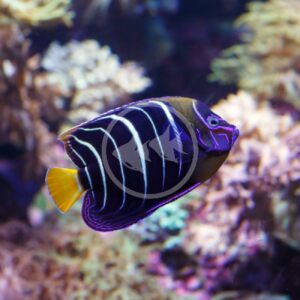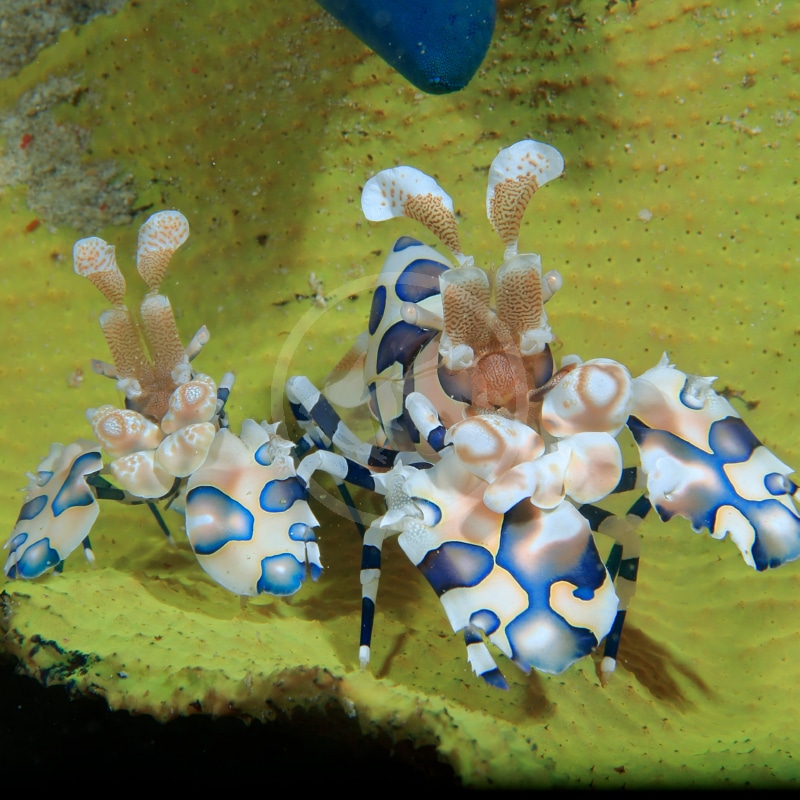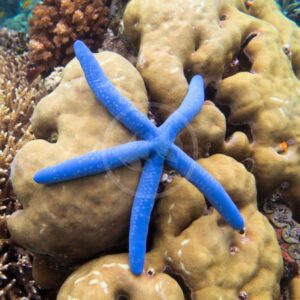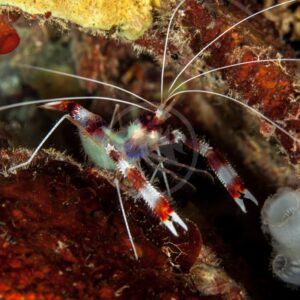
SHRIMP – HARLEQUIN Hymenocera sp.
$89.99
The Harlequin Shrimp, also called the Clown Shrimp, is really a marvel of the saltwater hobby. There are two species, Hymenocera elegans and Hymenocera pictus. Both species have white bodies, variations of blue spots, and large claws called chelipeds that are used for show and to assist in their specialized feeding behaviors of starfish. Differences between the two species are minor; H. elegans has blotches that are more brown in color and is found in the Indian Ocean and the Red Sea, whereas H. pictus has blotches that are more red in color and is found in the Central Pacific. Harlequin shrimp reach 2″ full grown, with females being larger than males. In the wild, these shrimp are always found in pairs that rarely venture far from one another. Replicating this bond in the home aquarium is strongly recommended for success.
Care Level: Advanced (due to Diet Requirements)
Temperament: Semi-Aggressive
Reef Compatible: With Caution
General Description: The Harlequin Shrimp, also called the Clown Shrimp, is really a marvel of the saltwater hobby. There are two species, Hymenocera elegans and Hymenocera pictus. Both species have white bodies, variations of blue spots, and large claws called chelipeds that are used for show and to assist in their specialized feeding behaviors of starfish. Differences between the two species are minor; H. elegans has blotches that are more brown in color and is found in the Indian Ocean and the Red Sea, whereas H. pictus has blotches that are more red in color and is found in the Central Pacific. Harlequin shrimp reach 2″ full grown, with females being larger than males. In the wild, these shrimp are always found in pairs that rarely venture far from one another. Replicating this bond in the home aquarium is strongly recommended for success.
Diet Requirements: In the wild, Harlequin shrimp predate on starfish (specifically Linckia spp). Linckia can be expensive and a challenge to maintain as feeder starfish given their dietary requirements. Harlequin shrimp can act as a control of nuisance Asterina starfish, which often hitch hike on live rock and explode in numbers in aquaria. Chocolate Chip Starfish (Protoreaster nodosus) are inexpensive and can be kept easily in a separate tank as feeder starfish. The whole starfish need not be fed at one time; a limb can be removed and given to the Harlequin shrimp. Keeping a group of feeder starfish will extend time and recovery between limb removal per individual; this limb will be regenerated by the starfish. While Harlequin shrimp have been observed to go extended periods of time without eating, it is recommended to feed them at least once a week.
Tank Requirements: An established, minimum aquarium size of 30 gallons is recommended to house a single, or pair of, Harlequin shrimp. Maintaining stable water parameters is a component to the success of keeping this invertebrate; Harlequin shrimp are intolerable of high nitrates. Creating crevices or caves with liverock will mimic the Harlequin shrimp’s natural environment. Adding Harlequin shrimp to a reef aquarium is “with caution” because of their natural behavior to hunt starfish; they will not bother brittle starfish, however. Be sure to house Harlequin shrimp with appropriate inhabitants that will not cause stress or harm. Being rather conspicuous and having few natural defenses, Harlequin shrimp are more active at night and may be rather shy in the presence of larger, highly active fish. Absolutely avoid hawkfish and wrasses. It is imperative to take time acclimating Harlequin shrimp; we suggest via drip acclimation. Given their incredible territoriality and protectiveness towards mates (hence their semi-aggressive temperament), only one pair of Harlequin shrimp should be kept in an aquarium. Recommended water conditions: 76-78° F, dKH 8-12, pH 8.1-8.4, salinity 1.024-1.026.
Purchase Size: Small: 1/2″ to 3/4″; Medium: 3/4″ to 1″; Large: 1″ to 1-1/2″
Note: Your item may not look identical to the image provided due to variation within species. Purchase size is approximate.
Dry goods orders are shipped via US Postal Service or UPS to the address provided at checkout based on the selection made in your website shopping cart. Product is carefully packed to help prevent any damage during shipping. Once processed you will receive a shipment notification via email with tracking number, and delivery notification. Please allow 48 hours for processing after your order is placed.
Perishable items (i.e. live plants, refrigerated/frozen foods) are shipped via US Postal Service 2-3 day to the address provided at checkout for a $25.00 flat rate charge. Items are packed with secure packing material and heat, cold, or Cryo packs as needed to maintain safe temperatures during transit. If one or more perishable items are in the shopping cart at checkout the $25.00 perishable shipping charge will automatically appear and need to be selected. Once processed you will receive a shipment notification via email with tracking number. Please allow 48 hours for processing after your order is placed.
Livestock (i.e. fish, invertebrates, coral) are shipped via UPS Overnight to the address provided at checkout for a $55.00 flat rate charge. Livestock is packed in insulated styrofoam boxes with secure packing material and heat, cold, or Cryo packs as needed to maintain safe temperatures during transit. If one or more livestock items are in the shopping cart at checkout the $55.00 livestock shipping charge will automatically appear and need to be selected. Livestock is shipped Monday through Wednesday ONLY (no weekend delivery is available) weather permitting, and we reserve the right to delay shipping until conditions are appropriate for safe arrival. Once your order is placed we will contact you to arrange the best shipping date based on these criteria. Someone must be available to receive the livestock order on the first delivery attempt. Once processed you will receive a shipment notification via email with tracking number. Please allow 48 hours for processing after your order is placed.
For mixed dry goods/perishable & livestock orders items will be shipped via their corresponding shipping methods outlined above. Dry goods will be shipped via US Postal Service or UPS based on your selection and checkout, while livestock will ship via UPS Overnight for a $55.00 flat rate charge. You will receive separate notifications and tracking numbers for the dry goods and livestock. Please note due to different carriers and shipping methods dry goods and livestock may arrive on different days.
Related products
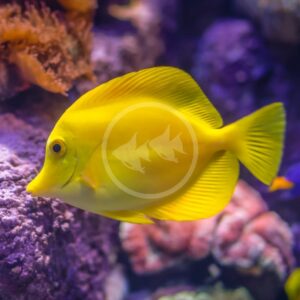
TANG – YELLOW Zebrasoma flavescens
$174.99 – $399.99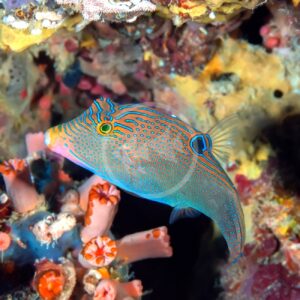
PUFFER – BLUE SPOT Canthigaster solandri
$89.99 – $149.99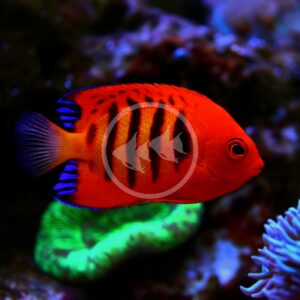
ANGEL DWARF – FLAME Centropyge loriculus
$149.99 – $199.99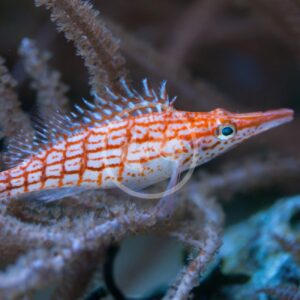
HAWK – LONGNOSE Oxycirrhites typus
$129.99 – $149.99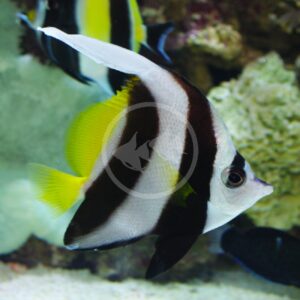
BUTTERFLY – HENIOCHUS BLACK & WHITE Heniochus acuminata
$119.99 – $249.99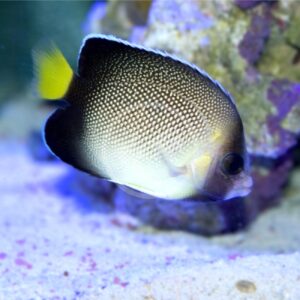
ANGEL – YELLOWTAIL CREAM Apolemichthys xanthurus
$129.99 – $179.99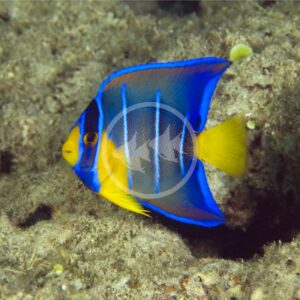
ANGEL – BLUE Holacanthus bermudensis
$349.99